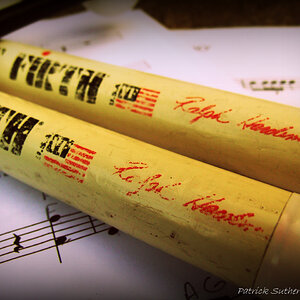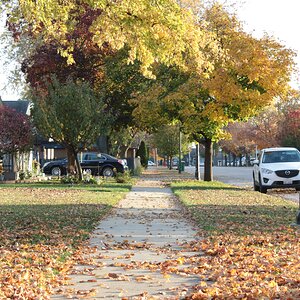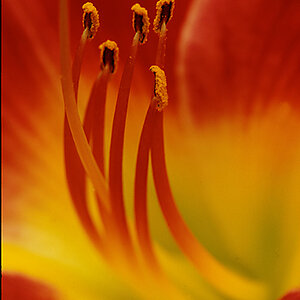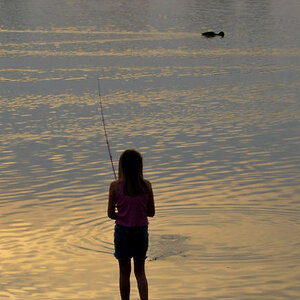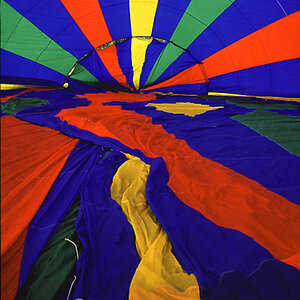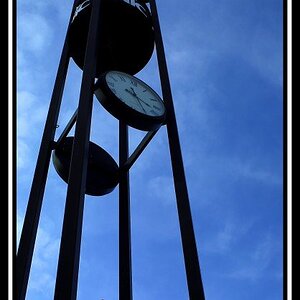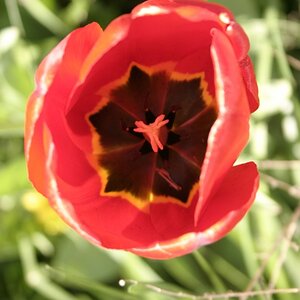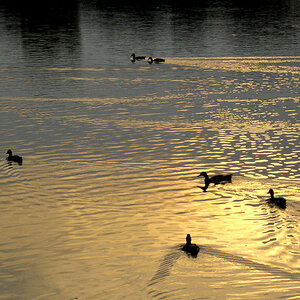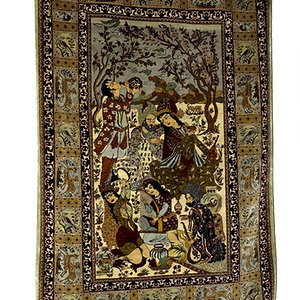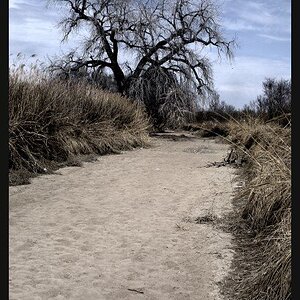CalicoSkies
TPF Noob!
- Joined
- Mar 8, 2017
- Messages
- 2
- Reaction score
- 0
- Location
- Hillsboro, OR, USA
- Can others edit my Photos
- Photos NOT OK to edit
A few years ago, I bought an Epson Perfection V600 and scanned a bunch of my old 35mm negatives. Overall I think they look decent, but I'm wondering if there's a good way to reduce the grain while keeping the image sharp? Or is there not much I could (or should) do to improve them? I have attached a couple examples.
I've also heard of people getting fairly good results using a DSLR camera to "scan" negatives. I have a DSLR (Nikon D7200) along with a couple of prime lenses (a 35mm f/1.8 and a 50mm f/1.4), and I've thought about trying that method (I'd likely use a PC monitor with a white background as a light source). Would that produce better results than the Canon V600?
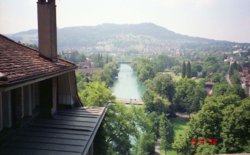
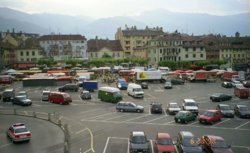
I've also heard of people getting fairly good results using a DSLR camera to "scan" negatives. I have a DSLR (Nikon D7200) along with a couple of prime lenses (a 35mm f/1.8 and a 50mm f/1.4), and I've thought about trying that method (I'd likely use a PC monitor with a white background as a light source). Would that produce better results than the Canon V600?






